I always had a feeling that I would start going gray early, but I didn't expect it to happen now. My mother had grays when I was born, and her hair has always had a beautiful silver sparkle. While I experimented with different hair colors in my teens, my mom never tried to cover her grays. In college, I learned that stress could accelerate the graying process, and sure enough, I found my first gray hair when I was preparing to move to New York.
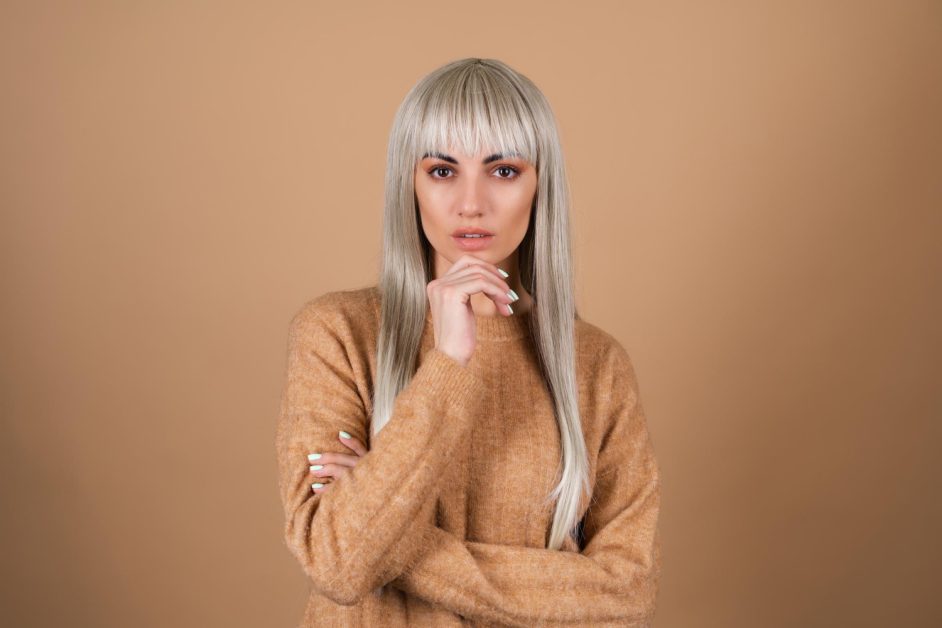
Over the years, more silvery hairs joined the party on my scalp, and I started getting professional color appointments to hide them. However, during the pandemic, my silvery roots became more prominent, especially with my warm strawberry hair color. It seemed like I was trying to hide the fact that I was going gray at 33, and I couldn't justify going to the salon every few weeks. So, I went back to being blonde and hid my grays under highlights.
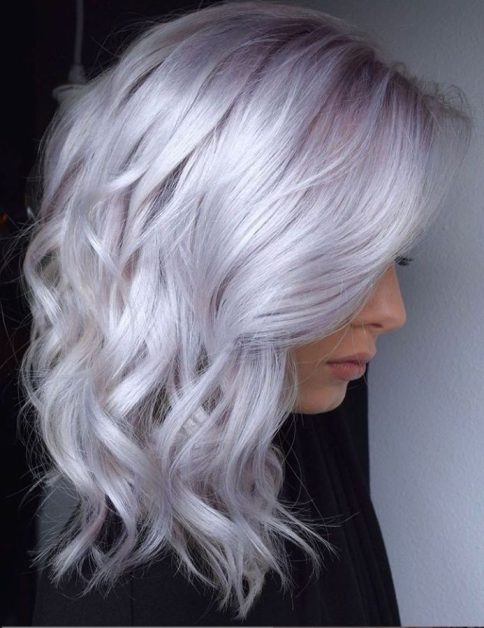
As a beauty editor, I'm aware of the trends in the industry regarding embracing or covering up silvery hair, especially among women. Many of my friends are also dealing with silvery hair at this stage of our lives, each with their own level of acceptance. The main issue for me, as a woman in her mid-30s, is that I feel like I'm starting to look old. However, silvery hair doesn't necessarily mean aging, as some people start getting silvery hairs in their early 20s.
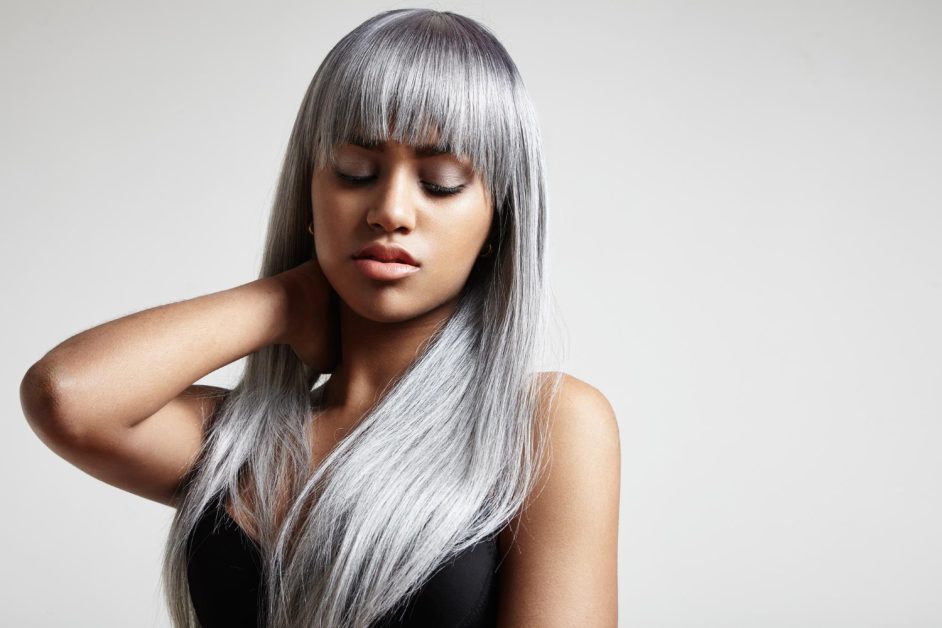
As my grays become a more significant part of my hair, and as I approach 40, I'm contemplating how I want to approach aging. I already use Botox and filler to combat signs of aging on my face, so why does covering up my silvery hair matter?
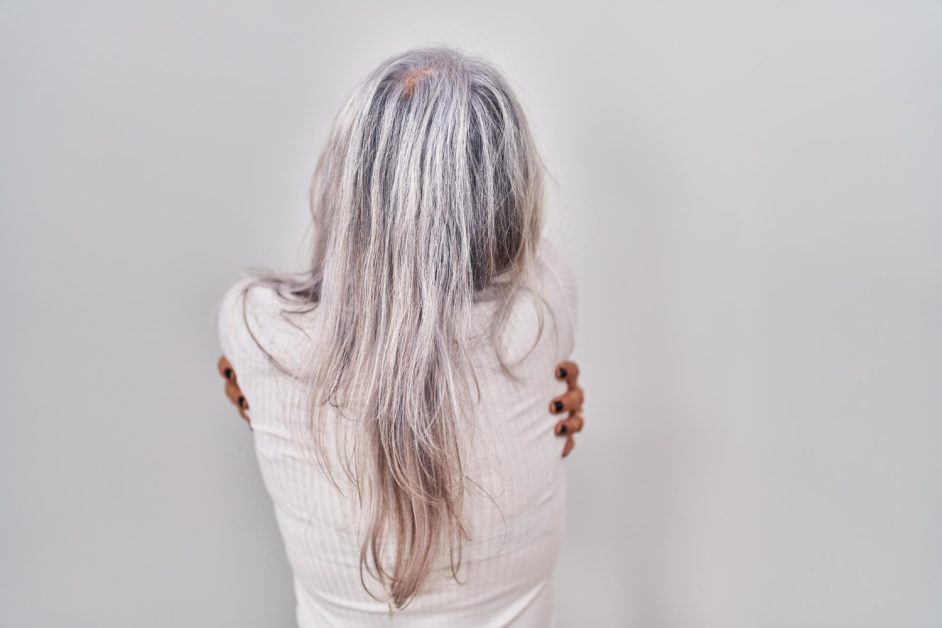
The thing is, covering up grays in a more sophisticated way than box dye requires time and money. Despite being a beauty editor, I prefer low-maintenance options that make my routine faster and easier. I want a solution for my grays that falls somewhere between embracing them completely and rushing to the salon every month. Fortunately, more women are seeking this middle ground, and hairstylists are becoming skilled at customizing approaches to help conceal grays without constant salon visits.
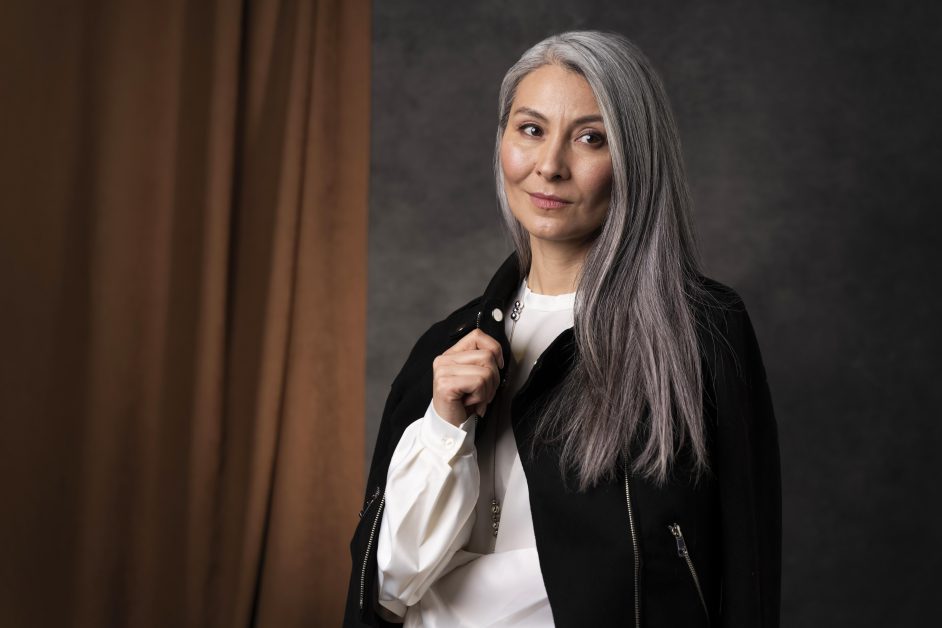
My colorist, for example, blends the color around my head and leaves a portion of my silvery hair untouched around my face. It's a gradual transition that allows the silver streak to stand out amidst the bright blonde, and it's becoming more pronounced over time.

There are moments when I catch sight of the relentless grays around my temples and feel a pang of nostalgia for my early 20s. But then I remind myself of how much better life is now that I'm older and more confident. Although I don't always love seeing these signs of aging, I'm finding my own unique relationship with my grays, just like my mom did before me. Whether my hair ends up fully silver like hers or if I keep my face-framing silver streak for a few more years, I'm content knowing that I'll be embracing silvery hair on my own terms.
